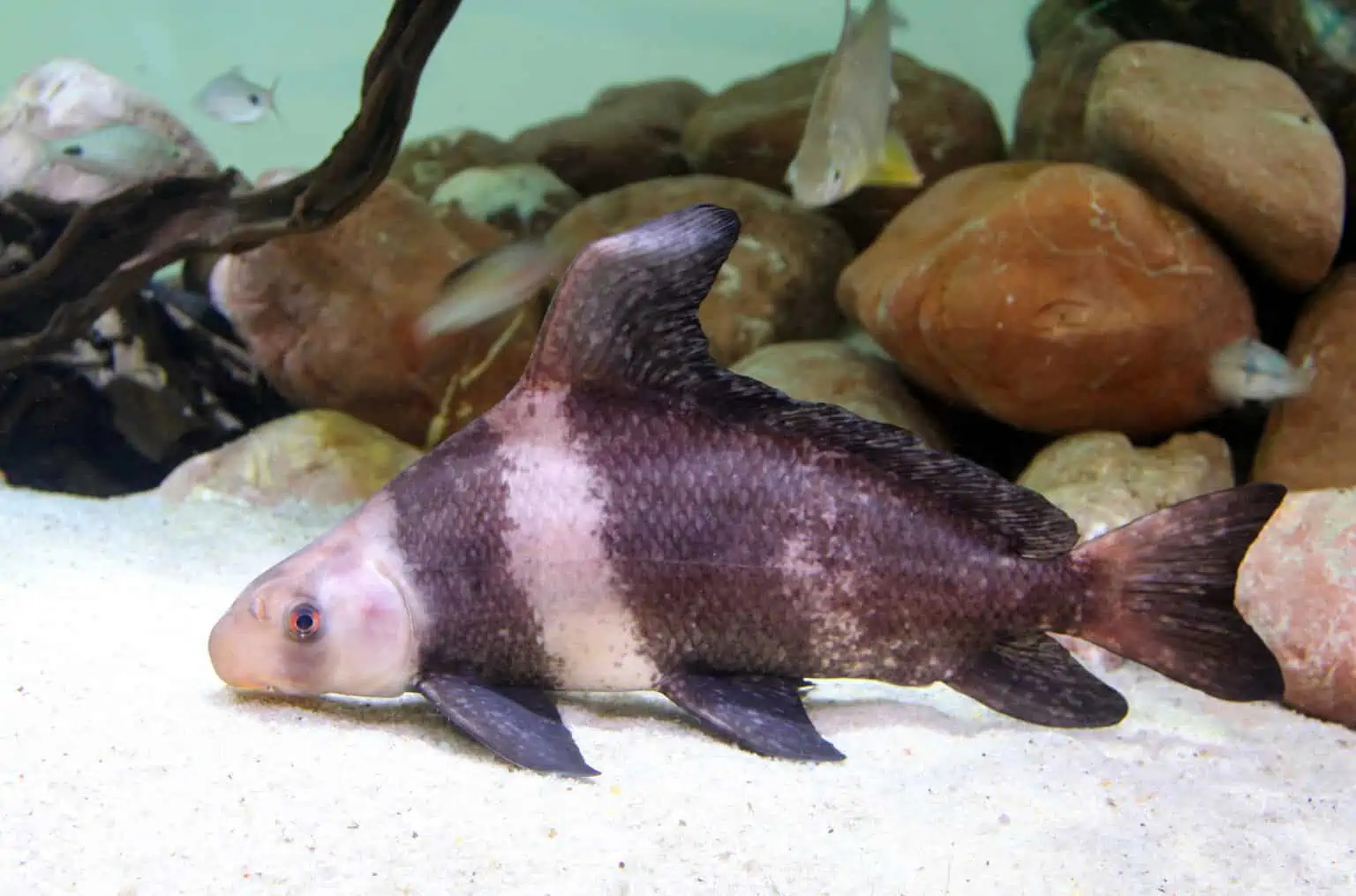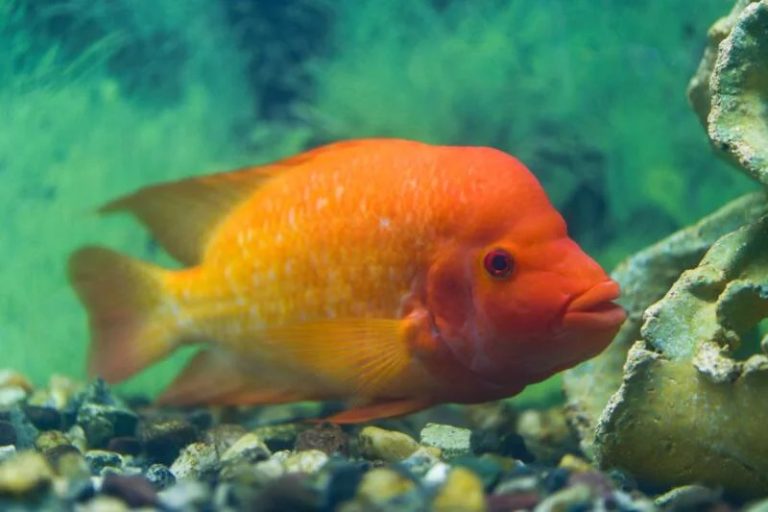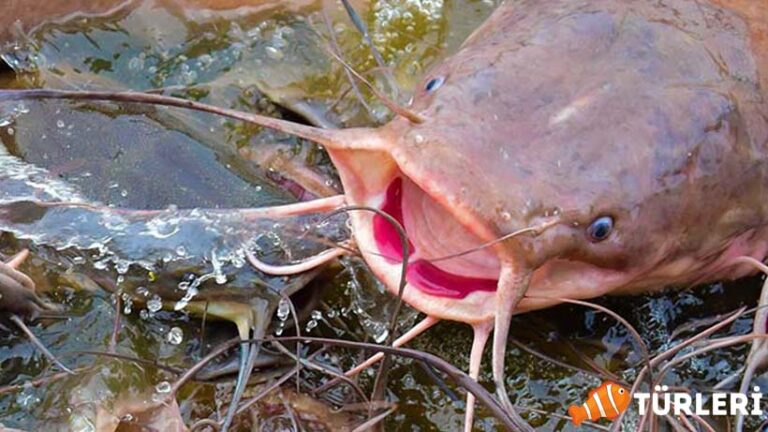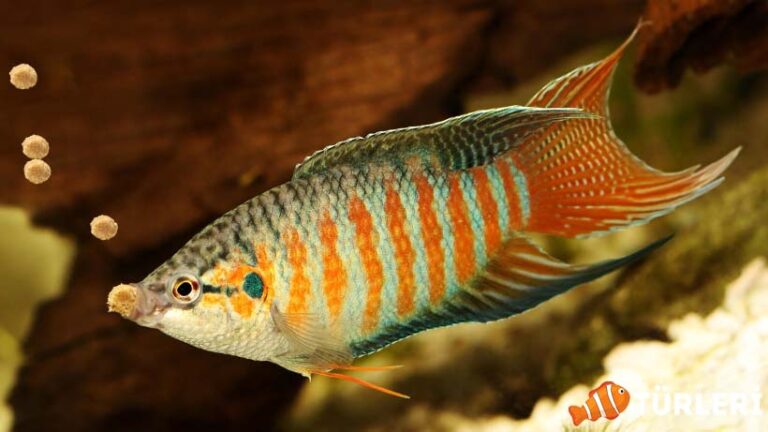Chinese High Fin Banded Shark
The Chinese High Fin Banded Shark (Myxocyprinus asiaticus) is an intriguing and often misunderstood species, primarily due to its name which suggests a relation to the vast family of marine sharks. However, this fish is far from a true shark. Instead, it is a unique freshwater fish, deeply rooted in the ecosystem of the Yangtze River Basin in China. This basin, known for its vast biodiversity, provides the ideal habitat for this unique species.
Chinese High Fin Banded Shark Species Summary:
| Scientific Name: | Myxocyprinus asiaticus |
| Origin: | Yangtze River Basin, China |
| Diet: | Omnivore (primarily feeds on plant matter and small organisms but will also consume some protein-rich foods) |
| Behavior: | Generally peaceful |
| Behavior Towards Their Own Species: | Can be somewhat territorial, particularly during breeding seasons. Ensure plenty of space and hiding areas. |
| Swimming Zone: | Bottom to mid-water levels, especially near the substrate. |
| Water Temperature: | 18 – 25 °C |
| Water Hardness: | 10 – 15 GH |
| pH Level: | 6.5 – 7.5 |
| Minimum Aquarium Volume: | Approximately 1,000 liters for an adult due to its potential large size. However, younger ones can start in smaller tanks with considerations for growth. |
| Adult Size: | Up to 120 cm in the wild. In captivity, they generally reach about 60 – 90 cm. |
| Reproduction: | Oviparous; they lay eggs. In the wild, they migrate upstream to spawn, which is challenging to replicate in captivity. |
| Lifespan: | 15 years or more with proper care. |
| Care: | High maintenance due to their large size. They require spacious tanks, effective filtration, and periodic water changes. Decorations that mimic their natural habitat, like rocks and driftwood, should be provided. |
One of the most fascinating aspects of the Chinese High Fin Banded Shark is its dramatic transformation in appearance as it transitions from juvenile to adult. Young individuals of this species are often sought after in the aquarium trade for their captivating looks: bold black and white bands that wrap around their bodies, contrasted by a distinct high dorsal fin that stands tall, resembling a sail in the wind. This combination makes them look not only visually stunning but also gives them a certain majestic demeanor when seen swimming in freshwater tanks.
As they grow older, much like other species undergoing ontogenetic color changes, their striking patterns gradually fade. Over time, the bold bands give way to a more muted and uniform shade of brown or gray. This transition is a natural process and is reminiscent of many animals that undergo significant physical changes as they mature. The reason for this change is not fully understood, but it’s speculated that the differing colorations play roles in camouflage and survival at various life stages.
Furthermore, their bodies become more streamlined and robust, adapting to the challenges of the river’s currents and the demands of their larger size. The transformation is so drastic that an uninformed observer might believe that the young and adult versions are entirely different species.
In essence, the Chinese High Fin Banded Shark, in its lifecycle, offers a captivating journey from the vibrant and dramatic colors of youth to the subdued and elegant simplicity of maturity. It’s a testament to nature’s wonder and the mysteries that freshwater habitats like the Yangtze River Basin continue to offer.
Size and Lifespan

The Chinese High Fin Banded Shark is a captivating species, known not only for its unique aesthetics but also its impressive growth trajectory. In the vast expanses of its native waters, specifically the Yangtze River Basin in China, these fish have been known to attain remarkable lengths, with some mature individuals reaching up to 4 feet (around 120 cm). This expansive growth in the wild can be attributed to the ample availability of food, expansive habitat, and the dynamic flow of the river system, all of which promote healthy growth and natural behaviors.
In the constrained environments of home aquariums or even larger aquatic setups, their growth is usually more restricted. While they don’t reach their full potential as in the wild, they still achieve considerable sizes. In captivity, it’s not uncommon to see them grow to about 2-3 feet (60-90 cm). This still makes them one of the larger species that aquarium enthusiasts might consider, necessitating spacious tanks that can accommodate their sweeping motions and provide ample room for exploration.
Their lifespan is another testament to their resilience and fascinating biology. With a life expectancy that can exceed 15 years, they are a long-term commitment for any aquarist. Like all living creatures, the quality and length of their life are heavily dependent on the care they receive. Proper tank maintenance, a balanced diet, consistent water parameters, and a stress-free environment are critical components that can ensure these fish live out their full lifespan. Regular check-ups, awareness of any behavioral changes, and a proactive approach to any health issues can further enhance their longevity.
Investing time and effort into understanding and catering to their needs will reward aquarists with years of companionship. Observing the Chinese High Fin Banded Shark gracefully maneuver through the waters and grow over the years can be a fulfilling experience, a living testament to the beauty and mysteries of freshwater giants.
Habitat
The natural habitats of the Chinese High Fin Banded Shark are a testament to the rich aquatic tapestry of the Yangtze River Basin in China. Within this vast and varied ecosystem, these fish have carved out specific niches that best suit their unique biology and behavioral patterns.
In the wild, these fish gravitate towards large bodies of water, which can range from expansive river stretches to sizable lakes. They particularly favor areas where the water is slow-moving or even stagnant. These calmer waters provide them with a stable environment, reducing the energy they expend against strong currents and allowing them a more leisurely exploration of their surroundings.
The substrate of their preferred habitats plays a significant role in their daily lives. Rocky and sandy bottoms are not just a matter of preference; they serve functional purposes for the Chinese High Fin Banded Shark. The rocky terrains, interspersed with boulders and pebbles, offer numerous hiding spots. These recesses and nooks are essential for these fish, providing them with shelter from potential predators, spaces for rest, and, during breeding seasons, areas to lay and guard their eggs.
Sandy substrates, on the other hand, are softer and less abrasive, making them suitable for the fish to forage. As they sift through the sand, they search for edible material, a behavior that can often be observed in both wild and captive environments.
Furthermore, these natural habitats are teeming with diverse aquatic flora. Plants, algae, and other vegetation not only contribute to the visual appeal of the setting but also play vital roles in maintaining the water’s quality. They help balance out nutrients, provide additional food sources, and create microenvironments that host various smaller organisms, adding to the food chain.
In summary, the habitat preference of the Chinese High Fin Banded Shark is not merely a matter of chance. Every aspect of their chosen environment, from the water’s pace to the type of substrate, intertwines with their biological needs and behavioral tendencies, ensuring their survival and prosperity in the vast aquatic landscapes of China.
Tank Size
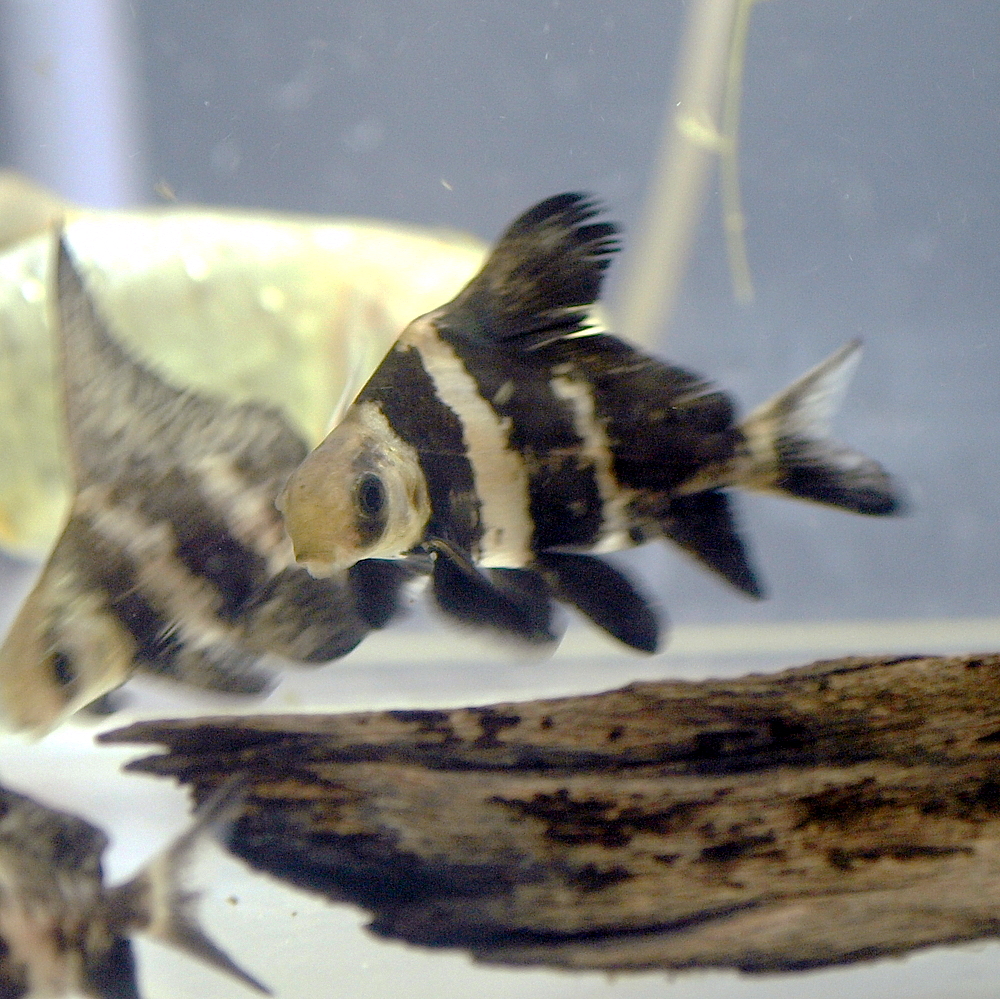
The Chinese High Fin Banded Shark is a majestic fish that requires ample space to thrive. Their considerable potential size necessitates a spacious aquatic environment. For an adult, an aquarium that can hold at least 1,000 gallons is recommended. This not only ensures they have room to swim and explore but also provides a more stable aquatic environment with less drastic changes in water parameters. For juveniles, while smaller tanks can be used as a temporary measure, it’s crucial to anticipate their rapid growth and be prepared to transition them to larger tanks. The larger volume also assists in diluting waste products, ensuring the overall health and longevity of the fish.
Water Parameters
This species is accustomed to the cooler waters of its native habitats. Maintaining a temperature range of 60-75°F (15-24°C) is pivotal for their comfort and health. The pH level should reflect slightly alkaline to neutral conditions, ideally between 6.5-7.5. As for water hardness, aim for a dGH between 10-15. Regular monitoring of these parameters ensures that the fish aren’t exposed to stressful fluctuations.
Diet
Though they are omnivores, their dietary needs in captivity should be approached with care. A varied diet comprising high-quality sinking pellets ensures they get the necessary nutrients. Vegetables such as zucchini and peas can be regularly incorporated to provide necessary fibers and minerals. Occasional treats of live or frozen foods like bloodworms or brine shrimp can supplement their protein intake and encourage natural foraging behaviors.
Tank Mates
While the Chinese High Fin Banded Shark is generally a peaceful giant, its sheer size can be intimidating to smaller fish. It’s wise to pair them with larger, non-aggressive species that won’t feel threatened and won’t pester the shark. Fish that occupy different water columns can be beneficial. Avoid keeping them with small, nippy species or those known for their aggressive tendencies.
Decor
Recreating a naturalistic environment within the tank can greatly enhance the well-being of these fish. Large rocks and pieces of driftwood can serve multiple purposes: they act as hiding spots, resting places, and even territorial markers. While live plants contribute to the aesthetic and water quality, it’s essential to recognize the fish’s potential to uproot them, especially as they grow. Robust plants or those anchored securely can be used to minimize disruptions.
Maintenance
One of the challenges of housing such a large fish is managing the waste they produce. An efficient and powerful filtration system is non-negotiable. It helps in removing physical debris and breaking down harmful chemicals. To ensure water quality remains optimal, weekly water changes of 25-30% are crucial. This not only refreshes the water but also aids in diluting any accumulating toxins.
In essence, caring for the Chinese High Fin Banded Shark in captivity demands dedication, knowledge, and a proactive approach. When their needs are met, they prove to be a rewarding species to keep, showcasing the marvels of freshwater giants.
Breeding
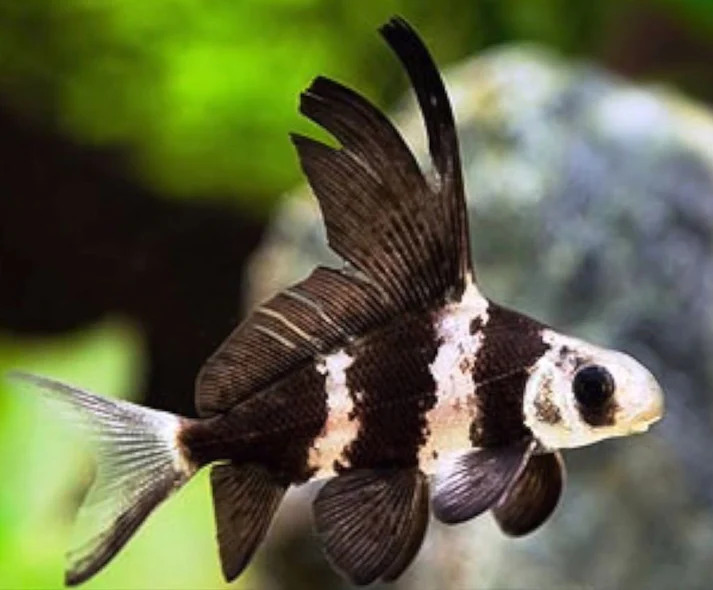
Breeding the Chinese High Fin Banded Shark in captivity is a complex and intricate endeavor, and the instances of successful breeding outside their natural habitat remain sporadic. The reasons for this rarity are rooted deeply in the unique breeding behaviors and requirements of this species.
Natural Breeding Behavior
In the vast landscapes of the Yangtze River Basin, the breeding season of the Chinese High Fin Banded Shark is marked by a significant behavioral shift. These fish embark on an arduous journey, migrating upstream to spawn. This migration is not just a simple change of location but a response to various environmental cues. The cooler, oxygen-rich waters upstream, often with rapid currents and cascading waterfalls, provide the ideal conditions for egg fertilization and subsequent survival of the fry.
The act of migrating itself might play a role in the fish’s reproductive readiness. The physical exertion, combined with the change in water parameters, could act as triggers for hormonal changes that prime the fish for spawning.
Challenges in Captivity
Recreating these conditions in a home aquarium, or even larger captive environments, poses several challenges:
- Space Limitations: The sheer distance covered during their migration is hard to emulate in captivity. Large tanks, while spacious for regular living, don’t offer the expanse needed for such migrations.
- Water Conditions: Simulating the swift currents and the cooler, oxygen-rich conditions of upstream waters is technically demanding. While some water parameters can be adjusted, mimicking the dynamism of a flowing river is a significant challenge.
- Behavioral Cues: Other than physical conditions, there might be specific behavioral cues, possibly from conspecifics or other species, that signal the start of the migration. These cues can be subtle and hard to decipher, let alone replicate.
- Safety of Eggs and Fry: Even if breeding were successful, the protection and care of the eggs and subsequent fry in a confined space with other tank mates might pose additional challenges.
Attempts and Research
Given the rarity of this species in the wild and the increasing interest among aquarists, there have been attempts to breed them in controlled environments. Some larger public aquariums and research institutions have tried to emulate the spawning conditions through specialized setups and controlled water parameters. While there have been a few reported successes, consistent and replicable breeding protocols remain elusive.
The Chinese High Fin Banded Shark’s breeding behavior is a testament to the intricate balance and adaptability of life in the wild. For those considering breeding them in captivity, it’s crucial to approach the endeavor with patience, in-depth research, and a willingness to experiment. Given their vulnerable status in the wild, any success in this area can have broader implications for their conservation.
Threats and Conservation
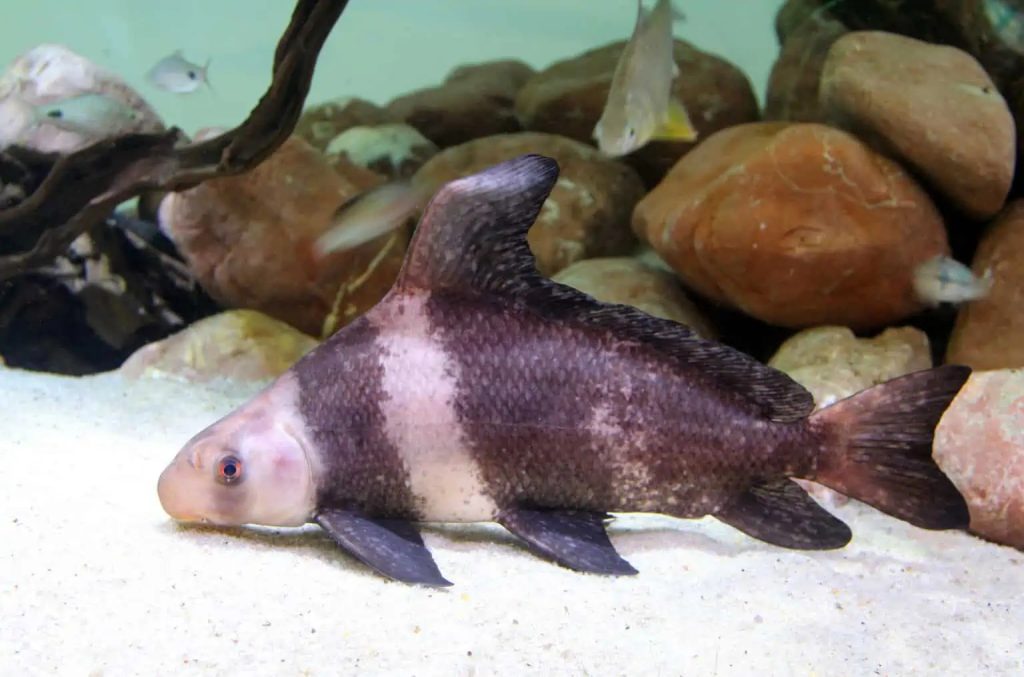
The Chinese High Fin Banded Shark, with its unique appearance and fascinating life history, is unfortunately facing numerous challenges in its natural habitat. Its story is, sadly, a familiar one in the realm of aquatic conservation, echoing the narratives of many freshwater species across the globe.
Threats
- Overfishing:
- Aquarium Trade: Their striking appearance as juveniles, with the prominent dorsal fin and banding, makes them highly sought after in the aquarium trade. Many individuals are captured from the wild to cater to this demand, severely impacting the natural populations.
- Consumption: In some regions, they are fished for consumption, further putting pressure on their numbers.
- Habitat Destruction:
- Infrastructure Development: The Yangtze River Basin has witnessed extensive developmental activities, including dam constructions. These dams not only disrupt the natural flow of water but also create barriers for migratory species like the Chinese High Fin Banded Shark, hindering their spawning migrations.
- Pollution: As is the case with many freshwater habitats worldwide, the waters of the Yangtze are increasingly polluted due to industrial waste, agricultural runoff, and untreated sewage. This degradation of water quality impacts the health, reproduction, and survival rates of the species.
- Sand Mining: The extraction of sand from riverbeds for construction purposes disrupts the natural substrate, affecting both the habitat and the food sources of many aquatic species.
Conservation Efforts
- Captive Breeding: Efforts have been initiated by various organizations and institutions to breed the Chinese High Fin Banded Shark in captivity. While challenging, these attempts aim to reduce the pressure on wild populations by catering to the aquarium trade demand through sustainably bred specimens.
- Awareness and Education: Several campaigns and initiatives have been launched to raise awareness about the plight of this species. Educating the public, especially aquarium enthusiasts, about the importance of sourcing sustainably bred specimens is crucial.
- Habitat Restoration and Protection: Various organizations are working towards the restoration of freshwater habitats. This involves efforts to mitigate pollution, create fish passages around dams, and regulate activities like sand mining.
- Legal Protections: Some regions have introduced legal measures to protect the species, either by regulating fishing or by designating certain areas as protected habitats.
For Aquarium Enthusiasts
If you’re considering adding a Chinese High Fin Banded Shark to your aquarium, it’s of paramount importance to ensure it’s been bred in captivity. By doing so, you support sustainable practices and help reduce the demand for wild-caught specimens. Always inquire about the source of the fish and opt for suppliers who prioritize ethical and sustainable sourcing.
In conclusion, the plight of the Chinese High Fin Banded Shark underscores the intricate relationship between human activities and aquatic ecosystems. Every step towards conservation, no matter how small, contributes to a broader effort to preserve the intricate tapestry of life within our planet’s freshwater systems.
Interesting Fact
Many fish enthusiasts and even casual observers are often misled by the name and physique of the Chinese High Fin Banded Shark. While their juvenile coloration, high dorsal fin, and elongated body might suggest a connection to the predatory sharks of the oceans, the reality is quite different. They belong to the suckerfish family. This distinction means that instead of the predatory behavior associated with sharks, they are more aligned with the habits of suction-feeding fishes. They possess specialized mouth structures that allow them to attach to surfaces and feed, often grazing on algae and detritus.
The Chinese High Fin Banded Shark stands as a testament to the diversity and wonder of aquatic life. Their unique appearance, combined with their intriguing life history, makes them a captivating addition to any large aquarium setup. However, this allure comes with a responsibility.
As potential caretakers, enthusiasts must recognize the significant commitment involved in housing these fish. The space they require, the specific water parameters they thrive in, and the intricacies of their diet demand detailed attention and dedication. Moreover, their vulnerable status in the wild adds another layer of responsibility, urging aquarists to make informed and ethical choices when acquiring one.
In essence, while the Chinese High Fin Banded Shark’s beauty might be what draws many to them, it is the understanding of their needs and a commitment to their well-being that ensures they lead fulfilling lives in captivity. Through careful research and mindful practices, aquarists can play a role in conserving and appreciating this incredible species.

